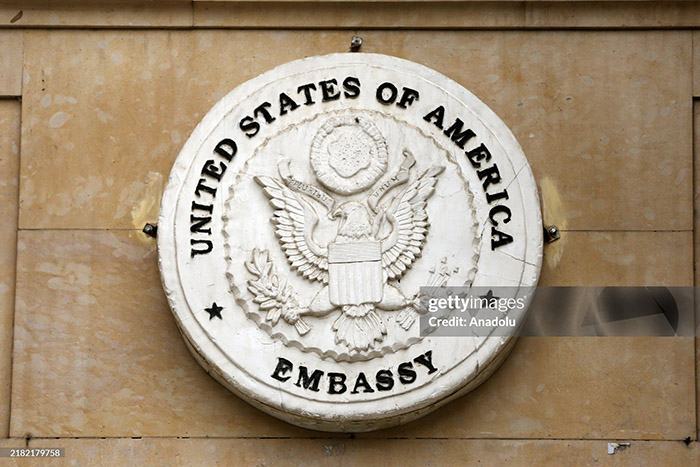The revolutionary students took at least 60 hostages, including diplomats, marines, and other embassy personnel. In an era when the Iranian populace had grown wary of Western intervention, this act became symbolic, reflecting Iran’s deep-seated grievances against the United States. Key among the reasons for the embassy takeover was the U.S. granting asylum to Iran’s deposed monarch, Shah Mohammad Reza Pahlavi, who had fled the country in January 1979 after being ousted by the revolutionary forces.
The American embassy seizure was initially intended as a brief occupation, but it quickly escalated into a major international crisis. News of the hostage situation gripped the world, marking the start of a 444-day ordeal that saw families, politicians, and global citizens anxiously awaiting the hostages’ fate. The repercussions of this crisis were felt far beyond the borders of Iran and the United States, signaling the beginning of a long-standing diplomatic standoff between the two nations.
Ayatollah Khomeini’s Role and the Revolution’s Influence
The Iran Hostage Crisis cannot be fully understood without grasping the political climate following Iran’s Islamic Revolution, spearheaded by Ayatollah Ruhollah Khomeini. In 1979, Khomeini’s rise to power toppled a monarchy that had reigned for over 2,500 years. His revolutionary ideology opposed the Shah’s close ties with the United States and his secular policies, which many Iranians viewed as an assault on Islamic values and an unwelcome imposition of Western culture.

